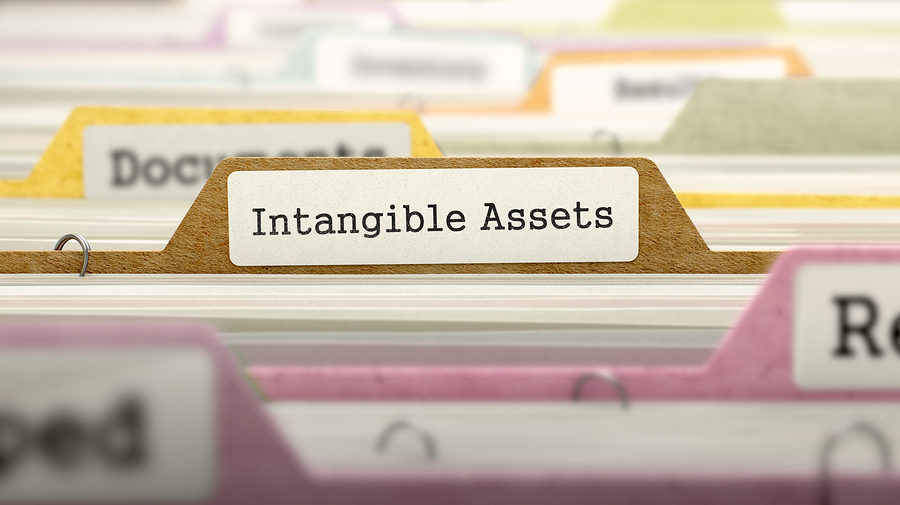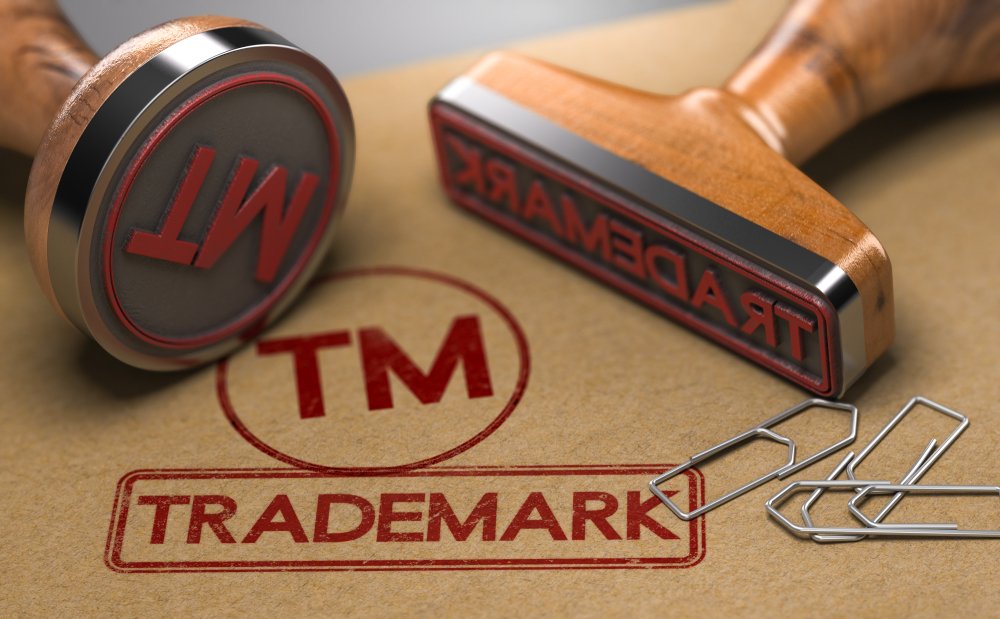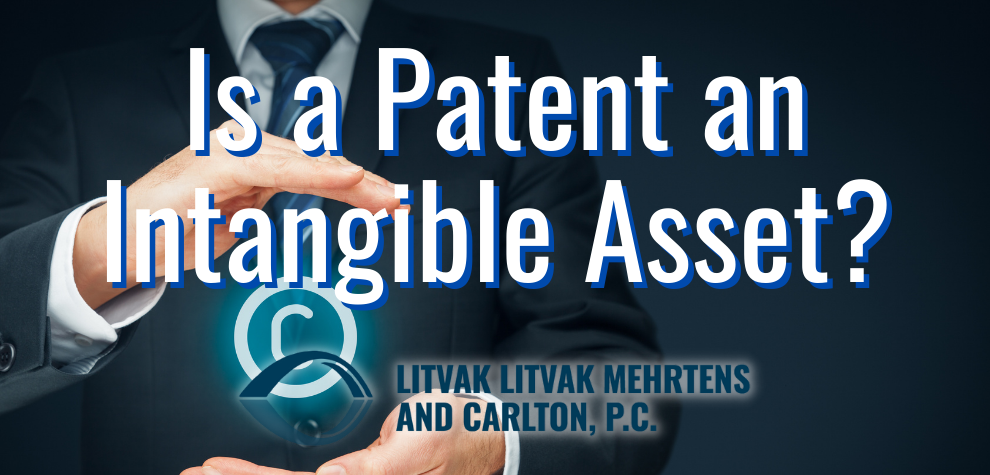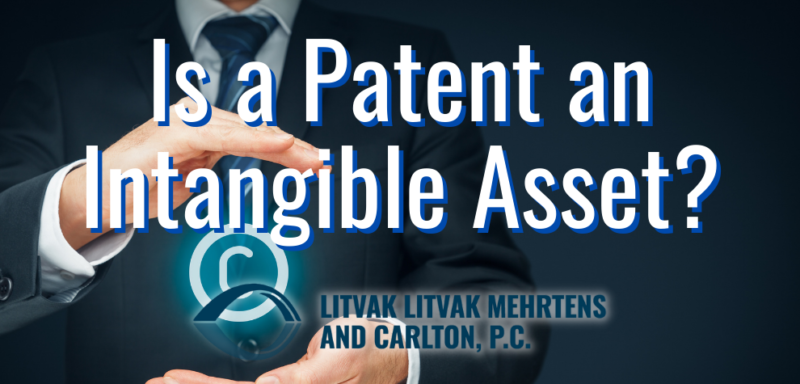When undergoing asset valuations in a divorce, it’s important to understand how to value intangible assets as well as tangible assets. Many people struggle with valuations of things like patents, copyrights, or trademarks. Luckily, we explain all this and more in our blog. Litvak Litvak Mehrtens and Carlton offer simple valuations of assets and liabilities during your divorce.
We have extensive experience with complicated divorces as one of the most respected family law firms in Colorado. Our Colorado divorce attorneys are skilled in litigation, mediation, and much more. To arrange a consultation, contact our Denver office today at 303-951-4506 or fill out our online intake form.
Understanding Intangible Assets
There are two main types of intangible assets: indefinite or definite intangible assets. For example, the brand name of a company is considered an indefinite intangible asset because it remains with the company for the entire duration of operations.
A definite intangible asset, however, could be something like a legal agreement in which one company agrees to operate under another company’s patent. If they do not intend to extend the agreement, the agreement has a limited duration and is therefore definite.
While an intangible asset lacks the evident physical worth of a factory or equipment, it may be extremely valuable to a company and crucial to its long-term success. A company like Pepsi, for example, would not be nearly as successful if it weren’t for the money generated by brand awareness. Despite the fact that brand awareness is not a tangible asset that can be seen or felt, it may have a significant influence on sales.
What Are Intangible Assets?

Intangible assets are as their name suggests. They are not physical assets. Brand recognition, goodwill, and intellectual property like patents, trademarks, and copyrights are all considered intangible assets.
Tangible assets, like land, cars, equipment, and inventories, exist alongside intangible assets. Financial assets, such as bonds and stocks, are also considered physical assets because their value is derived from contractual claims.
Indefinite vs Definite Intangible Assets
Intangible assets, like actual goods, can depreciate in value. Whereas tangible assets depreciate over time due to wear and tear, intangible assets depreciate due to non-physical variables such as the expiration of contracts.
Intangible assets will ultimately cease to be helpful as their value declines. Based on whether the asset’s value has a predictable conclusion, an intangible asset might be either definite or indefinite.
As an example, patents can expire unless renewed. Therefore, they only have value for the period during which they are valid. Once that time passes, it loses its value, thus making it a definite intangible asset. Brand names, however, have value for as long as the associated company exists and operates. A well-known law firm’s name holds value as long as the law firm exists. Therefore, a brand name is an indefinite intangible asset.
Examples of Intangible Assets
The only way to see your intangible assets on a balance sheet is to acquire them. Let’s say Company 1 buys a patent from Company 2. The purchase price for the patent is $1 million. Company 1 then records the transaction for that purchase under $1 million in intangible assets under long-term assets.
The $1 million intangible assets would then be amortized over several years and written off. Indefinite intangible assets, however, do not undergo amortization. Instead, they are evaluated every year for impairment, which occurs when the carrying value of that particular asset exceeds its fair market value.
What Is Amortization?
Amortization is a strategy used in accounting to reduce the book value of a loan or intangible asset over a predetermined period of time. When it comes to a loan, amortization refers to the process of spreading out payments over time. Amortization is analogous to depreciation when directed to an asset.
The term “amortization” is used to describe two scenarios. First, amortization is a term used to describe the process of repaying debt over time by making monthly principal and interest payments. An amortization schedule is a method of reducing a loan’s current balance by making periodic payments.
Additionally, for accounting and tax reasons, amortization may also refer to the spreading out of capital costs associated with intangible assets over a particular time period, generally the asset’s useful life.
Amortization of Intangible Assets
Intangible amortization is also known as amortization. In this example, amortization refers to the process of depreciating the cost of an intangible asset over the asset’s expected lifetime. It calculates how much an intangible asset, such as goodwill, a patent, a trademark, or copyright, has been consumed.
Amortization is computed similarly to depreciation for tangible assets including machinery, buildings, cars, and other assets susceptible to mechanical wear and tear, and exhaustion for natural resources.
Businesses that amortize expenditures over time seek to align the cost of utilizing an asset with the profits it generates in the same accounting cycle, as per generally accepted accounting rules. A corporation, for example, gains from the utilization of a long-term asset over a period of time. As a result, the expenditure is written off throughout the asset’s useful life.
Intangible amortization can also help with tax planning. The IRS lets taxpayers take deductions from certain expenses, such as the following.
- Geological and geophysical expenses from natural gas and oil exploration
- Bond premiums
- Atmospheric pollution control facilities
- Research and development costs
- Forestation and reforestation
- Goodwill
- Patents
- Copyrights
- Trademarks
Why Is Amortization so Important?
Amortization is crucial because it allows businesses and investors to better understand and estimate their expenses over time. In the subject of loan repayment, amortization schedules show how much of a loan payment is interest and how much is principal. This can be beneficial for tax strategies, such as deducting interest payments.
Amortizing intangible assets is essential because it may lower a company’s taxable income, and hence its tax burden, while also providing investors with a better picture of the company’s underlying profitability.
Difference Between Amortization and Depreciation
Amortization and depreciation are concepts that are comparable in that they both aim to represent the cost of retaining an item over time. However, the primary distinction is that amortization applies to intangible assets, whereas depreciation applies to tangible assets.
Valuation of Intangible Assets
Intangible assets can be created or acquired by businesses. A company may, for example, develop a customer mailing list or file a patent. If a company generates an intangible asset, it can deduct expenditures associated with the creation process, such as submitting a patent application, employing a lawyer, and other relevant expenses.
Furthermore, all costs incurred in the creation of the intangible asset are recorded as an expense. Intangible assets, on the other hand, do not show on a company’s balance sheet and have no documented book value. As a result, when a business is bought, the acquisition price is frequently more than the book value of the assets on the balance sheet. The premium paid is recorded as an intangible asset on the balance sheet of the acquiring firm.
What Is a Patent?
A patent is a property right granted to an inventor by a governmental body. In exchange for a complete disclosure of the invention, the inventor receives preferential rights to the patented process, design, or invention for a set period of time. They are a type of intangible right.
Patent applications are normally handled and approved by government bodies. The US Patent and Trademark Office (USPTO), which is part of the Department of Commerce, processes applications and issues approvals in the United States. There are three main types of patents: utility patents, design patents, and plant patents.
Is a Patent an Intangible Asset?
Yes. A patent is an intangible asset that gives a company the exclusive right to produce and sell its invention. A patent is a legal document that grants the holder the only right to create, use, and sell a certain invention.
There are three different kinds of patents. A utility patent protects processes, machines, and manufactured goods. Any new, original decorative design that can be fastened to a manufactured item is protected by a design patent. Anyone who has designed or produced a novel plant, such as a distinct breed of wheat, is eligible for a plant patent.
A patent in the United States currently has a 20-year lifespan. Despite the fact that a patent is associated with a certain sort of goods, it is a legal right rather than a real object. A patent is an intangible asset that is recorded on the balance sheet of a firm.
What About a Copyright?

A copyright is an amortizable intangible asset used to protect the legal right to print or publish the work of an author. A copyright is a legal safeguard that prevents others from publishing or duplicating your work. Poetry, books, dramas, computer software, and architectural designs are all examples of works of authorship.
A person who develops an original work has a copyright to it from the minute it is generated and fixed in a form that can be read by either a person or a computer. As a result, an author’s work does not need to be registered with the United States Copyright Office. It is generally recommended to formally register a work because it includes extra legal protection from those who would try to copy it.
What About a Trademark?

A trademark is an intangible asset that protects a company’s logo, name, or another branding against unauthorized use. Trademarks enable a customer to quickly recognize a product and correlate it with a reaction about its quality and pricing. A trademark, when correctly designed, allows buyers to form a favorable association with the item to which it is tied. A trademark, in simple terms, is a visual depiction of a company’s brand or emblem.
It is an intangible asset since it is a nonphysical property that grants a company the legal right to use an image or other item exclusively. This means it appears on a company’s balance sheet.
Contact Litvak Litvak Mehrtens and Carlton Today
Property division is an important part of a divorce, especially a high asset divorce in Colorado. Valuation is a complex process in itself, but it can become even more complicated when you throw intangible assets into the mix. At Litvak Litvak Mehrtens and Carlton, we give each and every client the care and attention they deserve. To arrange a consultation with an experienced attorney, please call 303-951-4506 or fill out our online intake form.






